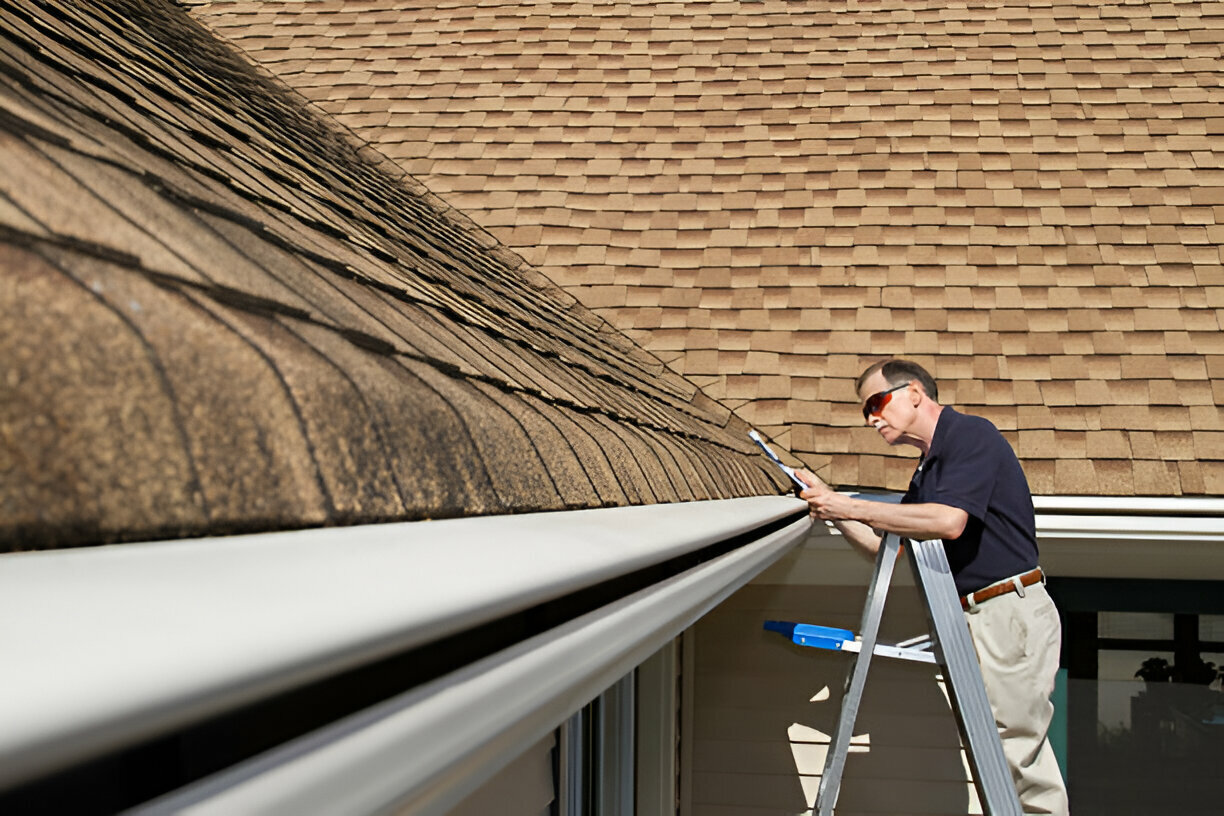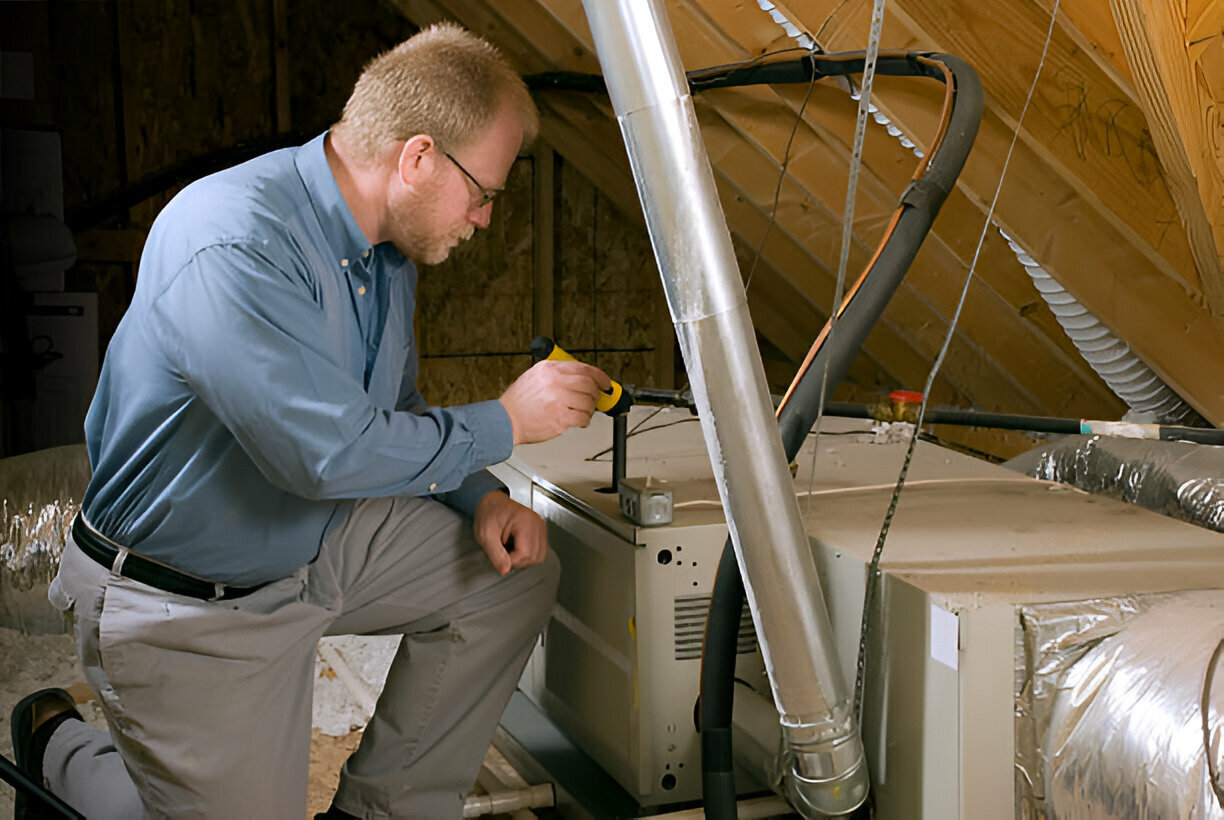How to Prepare Your Home for a Successful Inspection
Getting your home ready for a successful inspection is a crucial step in ensuring a smooth sale or rental process. A thorough inspection of your property can reveal issues that may affect its value and marketability. By addressing these potential problems beforehand, you can present your home in the best possible light to inspectors and potential buyers.
This preparation involves a combination of cleaning, repairs, and attention to detail, helping to showcase the property’s strengths and minimize any weaknesses. Whether you are a first-time seller or a seasoned homeowner, taking the time to properly prepare your home can make a significant difference in the outcome of the inspection and, ultimately, the success of your transaction.

Contents
What to prepare for an inspection?
A successful home inspection can help you identify and address issues before they become major problems. Here’s a comprehensive guide on how to prepare your home for a successful inspection:
1. Declutter and clean thoroughly
The first step in preparing your home is to declutter and clean every room thoroughly. A clean and organized house makes a positive impression and allows the inspector to access areas that need to be checked. Remove any unnecessary items, especially in areas like the basement, attic, and garage.
Pay special attention to:
- Kitchens and bathrooms: Clean all appliances, countertops, sinks, and fixtures.
- Living areas: Vacuum carpets, dust furniture, and clean windows.
- Bedrooms: Make the beds, tidy up closets, and ensure floors are clean.
2. Make necessary repairs
Before the inspection, take the time to fix any minor repairs that you’ve been putting off. Addressing these issues beforehand can prevent them from being highlighted in the inspection report.
Common areas to check include:
- Leaky faucets: Fix any dripping faucets in the kitchen and bathrooms.
- Electrical issues: Replace burnt-out light bulbs and fix any faulty outlets or switches.
- Doors and windows: Ensure all doors and windows open and close properly, and repair any broken locks or latches.
- Walls and ceilings: Patch up any holes or cracks and touch up the paint as needed.
3. Check your HVAC system
Your heating, ventilation, and air conditioning (HVAC) system is a critical component of your home. Ensure it is in good working condition by:
- Changing filters: Replace the HVAC filters to improve air quality and system efficiency.
- Cleaning vents: Dust and clean all vents and registers to ensure proper airflow.
- Professional servicing: Consider having a professional service for your HVAC system before the inspection.

4. Ensure access to key areas
Inspectors need access to various parts of your home to conduct a thorough examination. Make sure these areas are easily accessible:
- Attic and basement: Clear paths to these areas and ensure they are well-lit.
- Electrical panel: Remove any obstructions around the electrical panel and ensure it is easy to open.
- Appliances: Provide access to major appliances, including the water heater, furnace, and air conditioner.
5. Prepare the exterior
The exterior of your home is just as important as the interior. Take steps to ensure it is in good condition:
- Roof and gutters: Clean the gutters, remove any debris from the roof, and repair any damaged shingles.
- Siding and paint: Check for any signs of damage or peeling paint and address them as needed.
- Landscaping: Trim overgrown bushes, mow the lawn, and remove any dead plants or trees.
6. Test safety devices
Ensure all safety devices in your home are functioning correctly. This includes:
- Smoke detectors: Test all smoke detectors and replace batteries if necessary.
- Carbon monoxide detectors: Check carbon monoxide detectors to ensure they are working properly.
- Fire extinguishers: Ensure fire extinguishers are accessible and not expired.
7. Document upgrades and repairs
If you’ve made any significant upgrades or repairs to your home, gather the documentation. This can include receipts, warranties, and permits. Providing these documents to the inspector can demonstrate that the work was done professionally and to code.

8. Communicate with the inspector
Lastly, it’s essential to communicate openly with the inspector. Provide any necessary information about your home, such as the location of the main water shut-off valve or any areas that may be difficult to access. Being cooperative and transparent can help facilitate a smooth inspection process.

